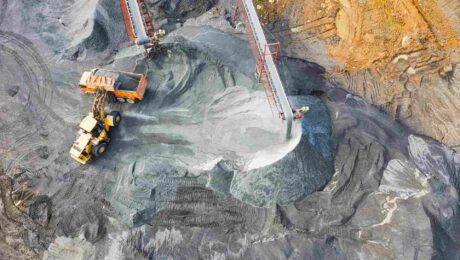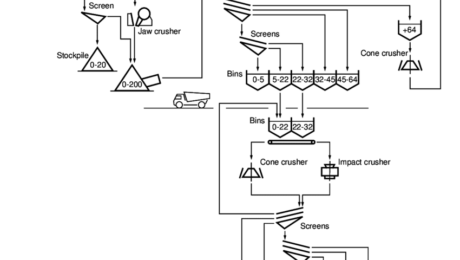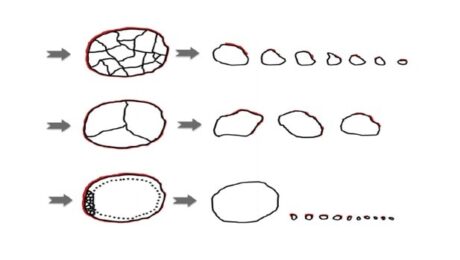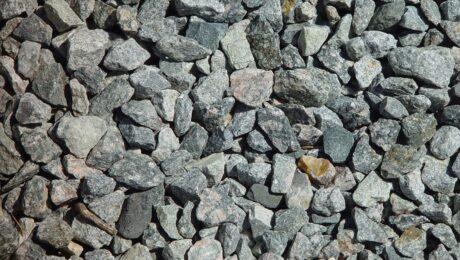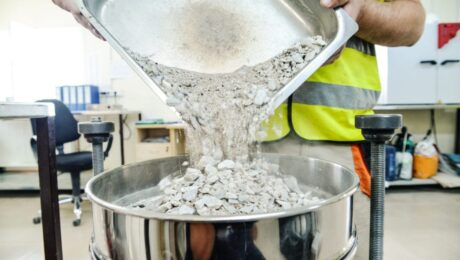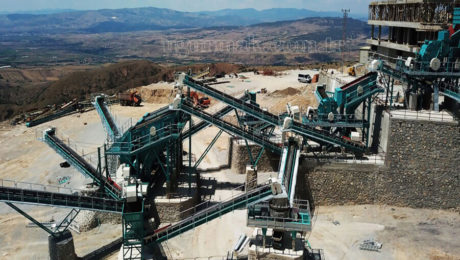CORPORATE
BLOG
UĞURMAK is a registered trademark of UĞUR MAKİNA. Since it was founded in 1974, UĞUR MAKİNA has been one of the leading companies in the Turkish industry with nearly 40 years of experience in crushing, screening, washing and feeding facilities.








